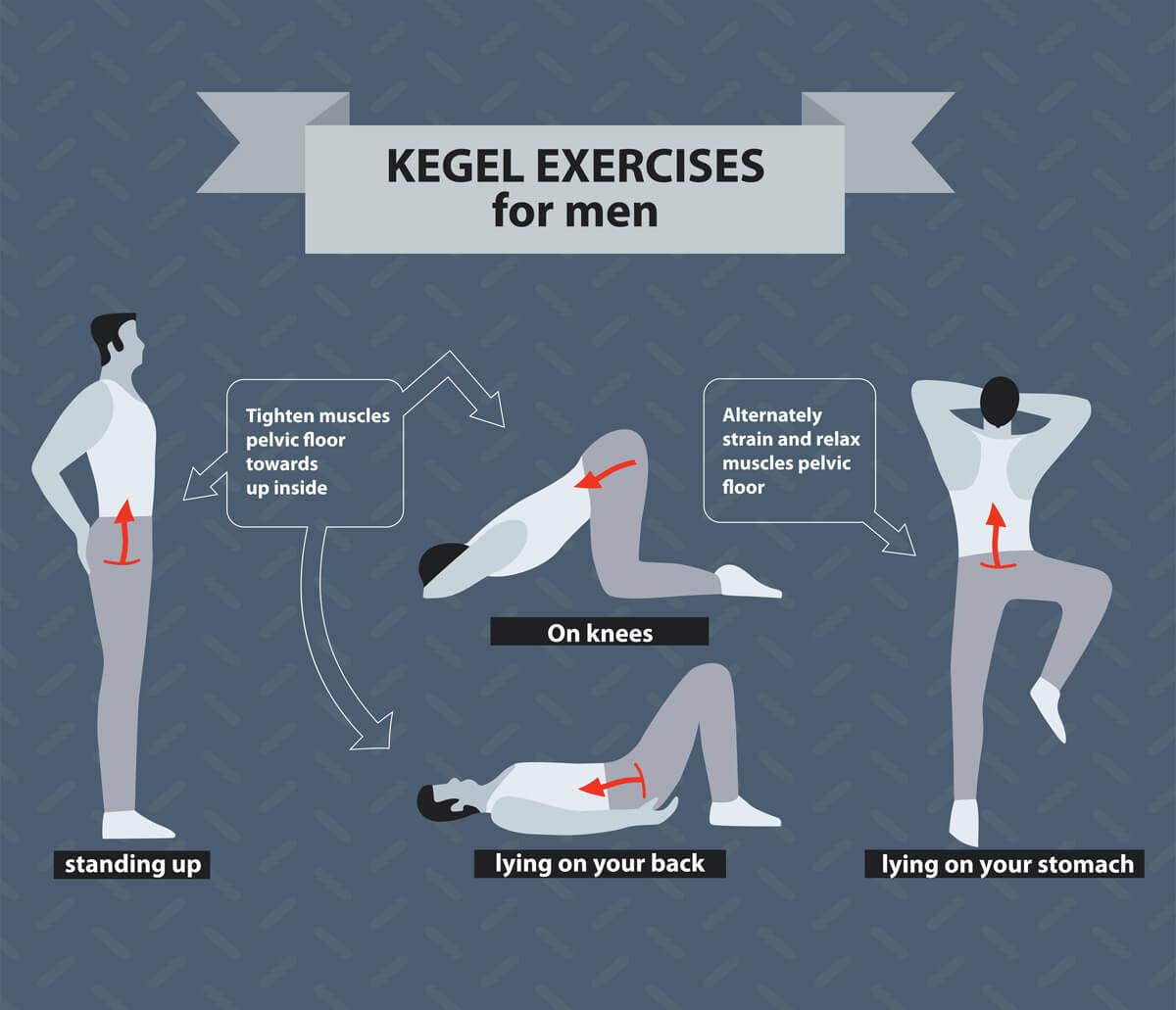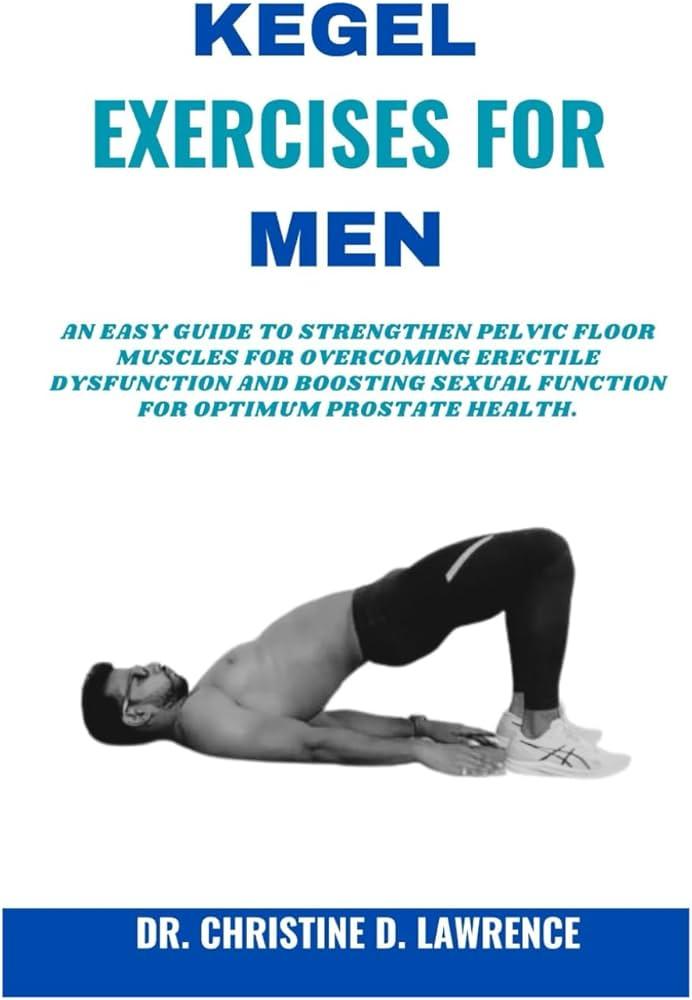
Are Kegel exercises only for women?
Kegel Exercises: Strengthening Your Pelvic Floor Muscles
Kegel exercises, often referred to simply as “Kegels,” are a simple yet effective way to strengthen the pelvic floor muscles. These exercises have gained popularity among both men and women for their myriad benefits, ranging from improved bladder control to enhanced sexual health. In this comprehensive guide, we will explore everything you need to know about Kegel exercises, including their benefits, techniques, tips for practice, and real-life experiences.
What Are Kegel Exercises?
Kegel exercises involve the voluntary contraction and relaxation of the pelvic floor muscles. These muscles support the uterus, bladder, small intestine, and rectum. Named after Dr. Arnold Kegel, who developed them in the 1940s, these exercises were initially designed to help women regain muscle tone after childbirth. However, their benefits extend to men and people of all ages.
The Benefits of Kegel Exercises
Engaging in regular Kegel exercises can lead to numerous advantages:
- Improved Bladder Control: Kegel exercises help in reducing urinary incontinence.
- Enhanced Sexual Health: Stronger pelvic muscles can lead to more intense orgasms and improved sexual satisfaction.
- Support During Pregnancy: Kegels can strengthen the pelvic floor during pregnancy, facilitating labor and recovery.
- Faster Recovery Post-childbirth: They assist in regaining muscle strength after delivery.
- Prostate Health in Men: Kegels can help manage urinary issues and improve sexual function in men.
How to Do Kegel Exercises
Performing Kegels is simple, but it’s important to locate the right muscles:
Step 1: Identify Your Pelvic Floor Muscles
To do this, try to stop urination midstream. The muscles you engage to do this are your pelvic floor muscles. Avoid doing Kegels while urinating regularly, as this can lead to urinary issues.
Step 2: The Basic Technique
- Find a comfortable position—lying down, sitting, or standing.
- Contract the pelvic floor muscles for about 5 seconds.
- Relax the muscles for another 5 seconds.
- Repeat this 10–15 times for one session.
- Aim to do three sessions a day.
Tips for Effective Kegels
- Keep breathing normally and avoid holding your breath.
- Avoid tightening your abdomen, thighs, or buttocks.
- Consistency is key—make Kegels part of your daily routine.
Common Mistakes to Avoid
While Kegel exercises are straightforward, many people make mistakes that can diminish their effectiveness:
- Overexertion: Doing too many Kegels can lead to muscle fatigue.
- Incorrect Muscle Identification: Focusing on the wrong muscles can lead to ineffective workouts.
- Holding Your Breath: Remember to breathe normally throughout the exercise.
Case Studies: Real-Life Experiences
Many individuals have shared transformative experiences after incorporating Kegel exercises into their routines:
| Individual | Experience | Result |
|---|---|---|
| Jane, 28 | Postpartum recovery | Improved bladder control and strength |
| Mark, 35 | Post-prostate surgery | Reduced urinary incontinence |
| Susan, 50 | Menopausal symptoms | Enhanced sexual pleasure |
First-Hand Experience: My Kegel Journey
As someone who began doing Kegel exercises after childbirth, I can attest to their effectiveness. Initially, I struggled with consistency, but I found that setting reminders on my phone helped. Over time, I noticed significant improvements in my pelvic strength, which not only enhanced my recovery but also positively impacted my intimate life. Sharing my journey with friends and family opened up conversations about pelvic health that many people find uncomfortable to discuss.
Conclusion
Kegel exercises are a powerful tool for strengthening pelvic floor muscles, offering various benefits for men and women alike. By incorporating these simple exercises into your daily routine, you can experience improved bladder control, enhance your sexual health, and support your body through different life stages. Remember, consistency and correct technique are vital to reap the full benefits of Kegel exercises. So why wait? Start your journey to a stronger pelvic floor today!
